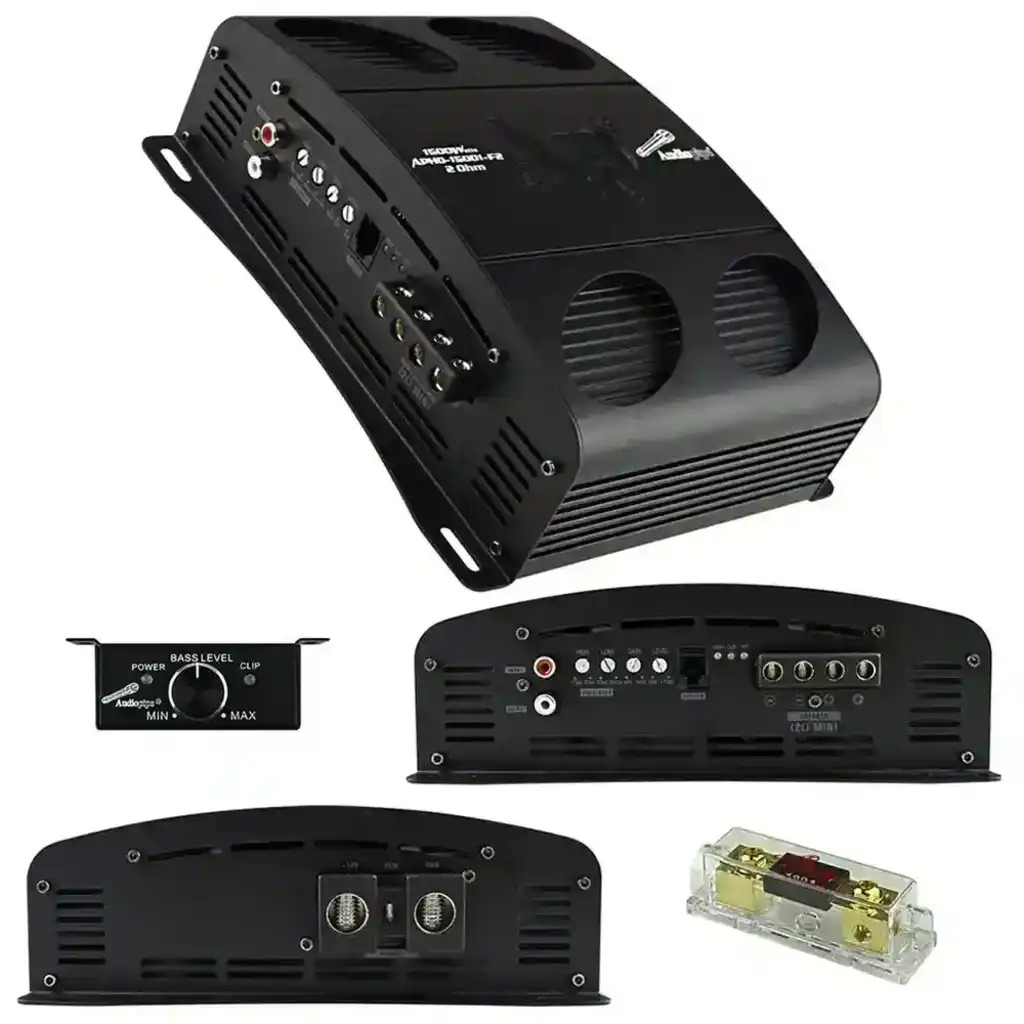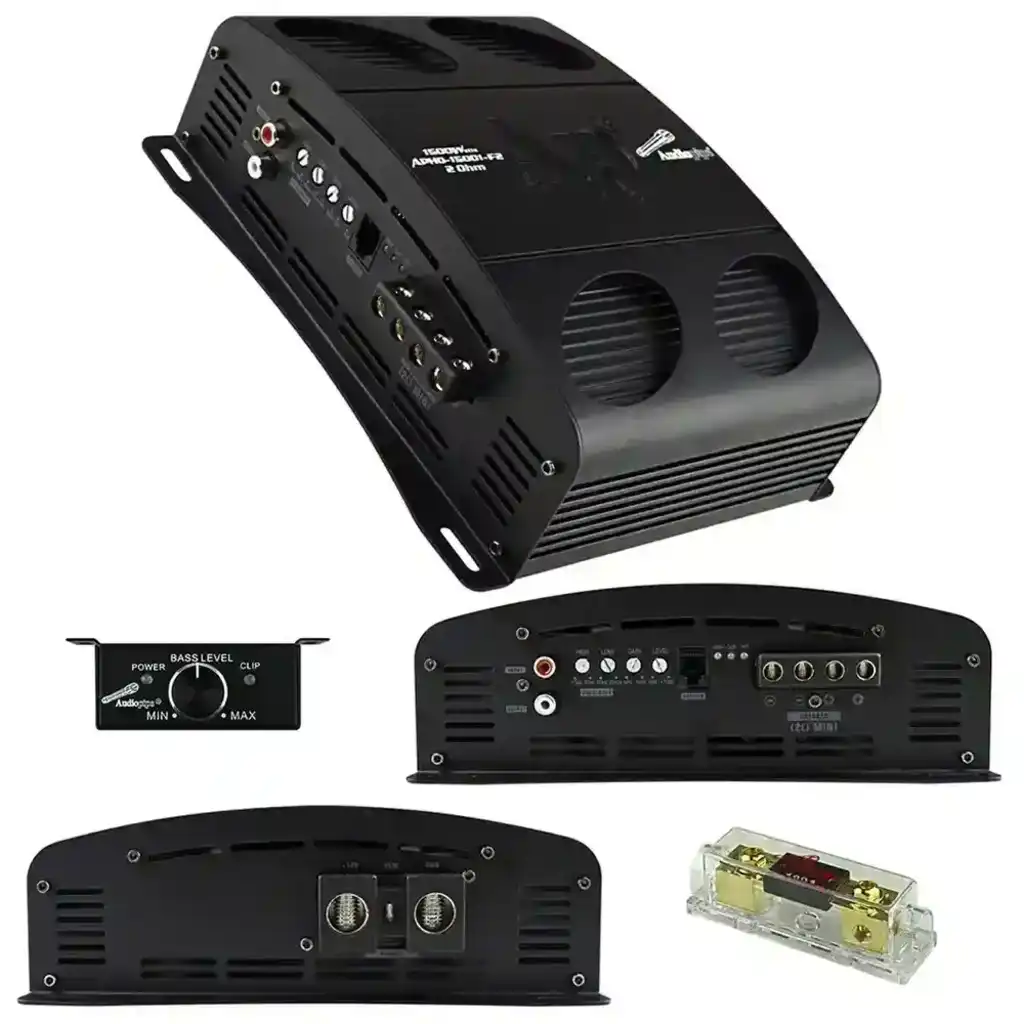Answer
Aug 13, 2024 - 03:08 PM
Class D amplifiers offer many advantages, such as high efficiency, compact size, and excellent power output, but they also have some disadvantages. Here are the key drawbacks of Class D power amplifiers:
1. Switching Noise and Distortion- Switching Artifacts: Class D amplifiers use high-frequency switching to convert the input signal, which can introduce noise and distortion into the output signal. While modern designs have significantly mitigated this issue, it can still be a concern, particularly in high-fidelity audio applications where very low distortion is critical.
- EMI (Electromagnetic Interference): The rapid switching in Class D amplifiers can produce electromagnetic interference, which may affect nearby electronic equipment or degrade the amplifier's performance if not properly managed.
- Output Filter Requirements: To smooth out the high-frequency switching and produce a clean audio signal, Class D amplifiers require complex output filtering circuits. These filters can add to the cost, complexity, and size of the amplifier.
- Design Complexity: Designing an efficient, high-quality Class D amplifier requires careful consideration of the switching frequency, layout, and filtering. This complexity can make Class D amplifiers more challenging to design and implement than other amplifier classes.
- High-Frequency Performance: While Class D amplifiers have improved over time, they may still struggle to reproduce high-frequency audio signals as accurately as Class A or Class AB amplifiers. Audiophiles sometimes prefer these other amplifier classes for critical listening environments.
- Crossover Distortion: Although minimized in many designs, some Class D amplifiers may still exhibit slight crossover distortion, particularly at lower power levels, which can affect sound quality.
- Impedance Sensitivity: Class D amplifiers can be more sensitive to the impedance of the connected load (speakers). If the load varies significantly, it can affect the performance of the amplifier, potentially leading to inefficiencies or distortion.
- Heat Dissipation: Although Class D amplifiers are efficient, they still generate heat, particularly in high-power applications. Effective thermal management is necessary to prevent overheating, which can add to the design complexity.
- Component Quality: High-quality components, such as fast-switching transistors and precise filters, are required to minimize noise and distortion, which can make high-end Class D amplifiers more expensive than simpler designs.
Class D amplifiers are excellent for many applications due to their high efficiency and power output, but they have disadvantages, particularly in sound quality, complexity, and potential noise issues. For audiophiles or in applications where the absolute best sound quality is required, Class A or Class AB amplifiers might still be preferred despite their lower efficiency.
These limitations are becoming less significant with advancements in Class D technology, making them more suitable for a wider range of applications. However, it is essential to consider these factors when selecting an amplifier for a specific use case.





Add New Comment